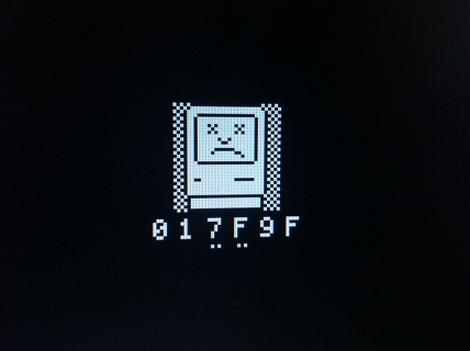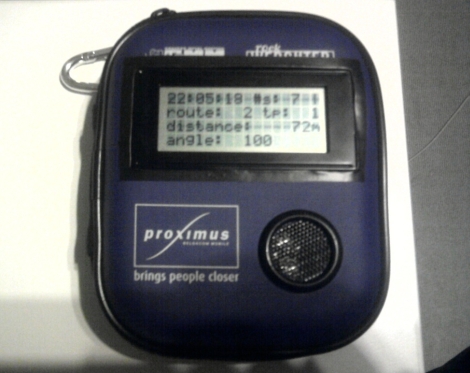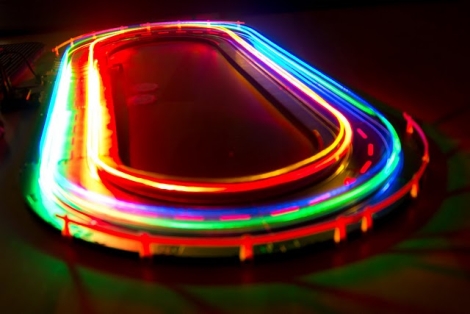

[Dan’s] office is awfully hot, but he needed some real temperature numbers that he could show the building management office to justify opening a maintenance ticket. He had seen some simple temperature probe examples online, and decided to build his own using a small AVR chip.
Based off a similar temperature monitoring example called EasyLogger, his temperature probe uses an LM34 temperature sensor, which is wired to an ATtiny45. The ATtiny communicates with his computer using the Ruby-USB library in conjunction with a bit of Ruby code he put together. Once the data is obtained, all of the temperature measurements are logged and graphed using RubyRRDTool.
As you can see by in the image above, his office is far hotter than it should be, so we’re pretty sure he’s happy to have actual measurements to back up his claims.
If you are looking to make a small temperature probe of your own, his code, schematics, and links to all of the tools he used in the project are available on his site.
















